Why Botanical Names Matter
Have you tangled with botanical names yet in your gardening adventures? Chances are that you have, even if you weren't aware of it at the time! Whether you've planted a Hydrangea, Petunia, or Hosta, you’ve at least brushed shoulders with the world of botanical names.
Some gardeners are passionate about botanical names. Others see them as nothing more than a necessary inconvenience. No matter where you fall on that spectrum, knowing the basics can come in pretty handy for all of us.
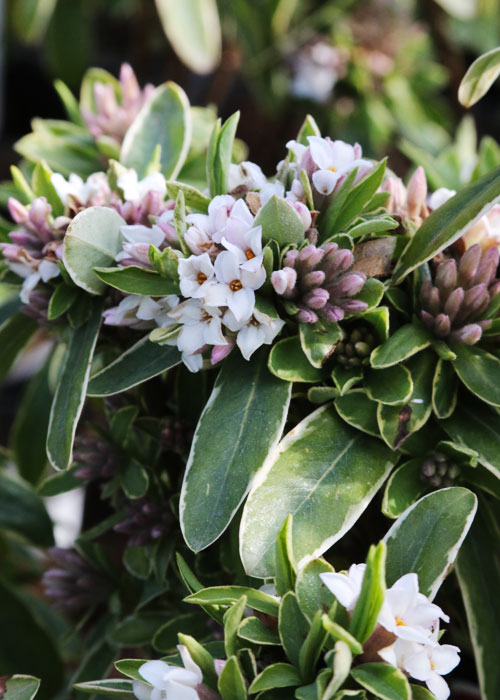
Daphne x transatlantica 'Summer Ice'
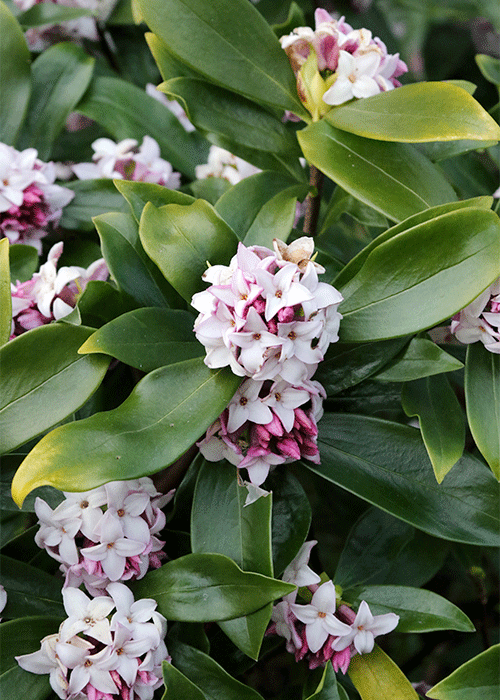
Daphne odora 'Zuiko Nishiki'
Common Names vs. Botanical Names
Most plants go by several names, and some go by dozens or more. Their everyday names — known as common names — vary by language, culture, and region. The plant that is usually called “big-leaf maple” in English is “č̓uʔɬac” in Lushootseed. “Pansy,” “dogwood,” and “tomato” are other examples of common names.
Botanical names — which are also known as binomials, literally "two-part name", scientific names, or Latin names — are the standardized names of plants that are accepted by scientists no matter what languages they speak or where they are in the world. They are chosen by the first person to formally describe a species in a scientific article, and they can be updated over time if scientists learn new information.
Anatomy of a Botanical Name
Every botanical name has at least two parts: a genus name and a species epithet. The genus name comes first, then the species epithet. You can think of the species epithet as more detailed information that adds on to the genus name. For example, Acer macrophyllum is a certain kind of maple (Acer) that has big (macro) leaves (phyllum).
Each species epithet can only be given to one species per genus. But plants in different genera (plural for genus) can have the same species epithet as each other. For example, Pacific rhododendrons have big leaves too. Their botanical name is Rhododendron macrophyllum.

Botanical Names Reveal Relationships
You can think of genera and species like different levels on a family tree. They tell us how closely related plants are to each other.
Plants in the same species always have the same botanical name, like Acer macrophyllum. Other species in the same genus have the same genus name and a different species epithet, such as circinatum.
All Acer macrophyllum plants are as closely related as all humans are to each other — all the same species. Acer macrophyllum and Acer circinatum, being different species in the same genus, are as closely related as humans and neanderthals. Plants in two different genera could be as closely related as humans and chimpanzees, or as distantly related as humans and jellyfish.
You can tell how closely related two plants in different genera are by looking at higher levels on the “family tree” — which are called families, orders, classes, and phyla. But for now, we’re just focusing on the levels included in the botanical name: genera and species.

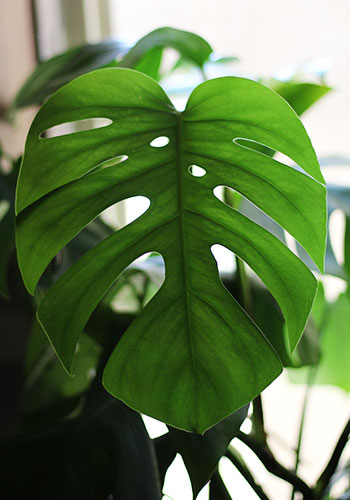
Monstera deliciosa
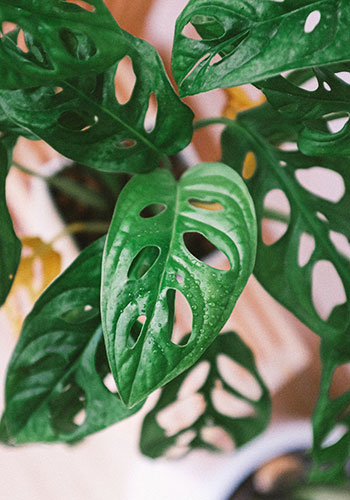
Monstera adansonii
But Why Though?
As for why we write botanical names like that — in italics, with the genus name capitalized but not the species epithet — and why they sound like spells out of Harry Potter, that’s honestly pretty random. We’re just still doing things the way this one guy, Carolus Linnaeus, thought we should back in 1753.
At the time, Latin was a standard part of education throughout Europe. Linnaeus and his colleagues saw it as a “universal” language from their Euro-centric perspectives, and they were already using it for much longer and more confusing ways of describing species. So when Linnaeus introduced the idea of standardized two-word names, he kept up the Latin theme. As it turned out, his idea was a hit.
Basically, scientists still name species Linnaeus’s way because no other idea has caught on as widely (yet), and because changing the system now that it’s been used to describe over a million species would be hard. It’s far from perfect, but it’s what the horticultural community has to work with for now.
Gardening in Latin
But what does all this have to do with you? Knowing at least a little bit about how botanical names work can help you become a better and more informed gardener.
Find exactly what you’re looking for
“Where are the daisies?”
We get this one a lot here at Sky. We wish we could give you a straightforward answer. Do you mean the popular perennial with white flowers (Shasta daisy, Leucanthemum), the showy summer annual with brightly-colored flowers (African daisies, Osteospermum), or maybe another plant with a similar flower shape like ice plants (Delosperma)? We’ll need to give you very different directions depending on what you mean.
Common names may be evocative and easy to remember, and they work fine for some plants and audiences. But they’re ambiguous. When you’re looking for something in particular, it helps to know the botanical name. By the way, if you’re looking for a perennial here at Sky, knowing the botanical name will definitely pay off — we keep our perennials alphabetized by botanical name.
Get accurate plant-care information
Precision also matters when you’re searching for gardening information in books or online. Appropriate care for the annual geraniums (Pelargonium genus) that are popular in summer containers is very different from that for the perennial geraniums that make excellent hardy ground covers (Geranium genus). You wouldn’t want to follow the wrong set of advice. Learning the botanical names of your plants will ensure that you can look up accurate information.
Learn something new about your plants
If nothing else, knowing the botanical name of your plant might tell you something about its relationships to other plants. Maybe you’ll just find out which old-timey European botanist first named a plant after himself. But you might learn something else too.
Many botanical names are meant to describe something about the plant. It might be something you could observe for yourself, such as “big-leaved”. In other cases, it might be useful additional information. For example, the name “officinalis” indicates that a plant may have medicinal uses, and a plant named “sylvestris” likely grows well in shady woodland areas.
Of course, common names are often descriptive too. While you’re getting to know your plants, there’s no reason to stop at learning their botanical names. What are their common names in other languages or regions? It might be especially interesting to learn what the people indigenous to your plants’ native ranges call them.
"Where are the Daisies?"
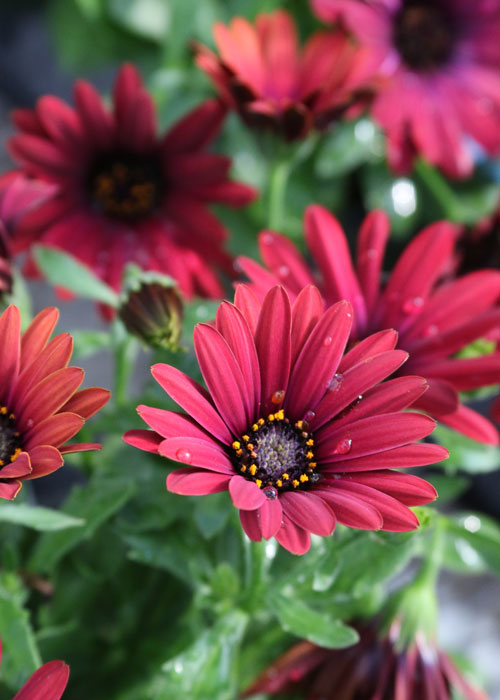
Botanical Name: Osteospermum 'Margarita Rioja Red'
Common Name:
African Daisy
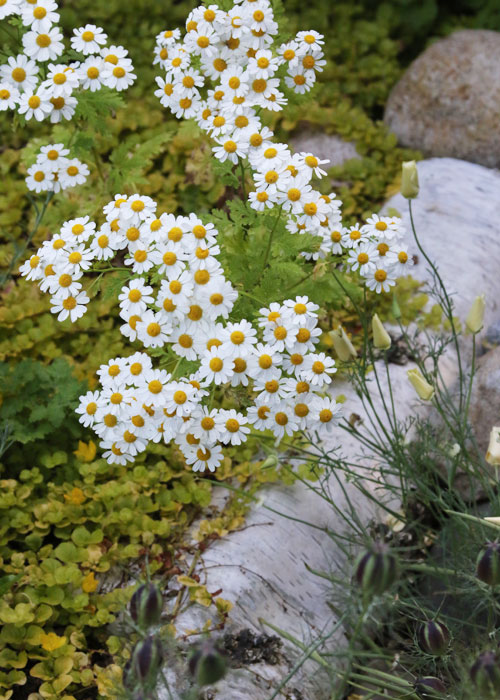
Botanical Name: Tanacetum parthenium
Common Name:
Feverfew
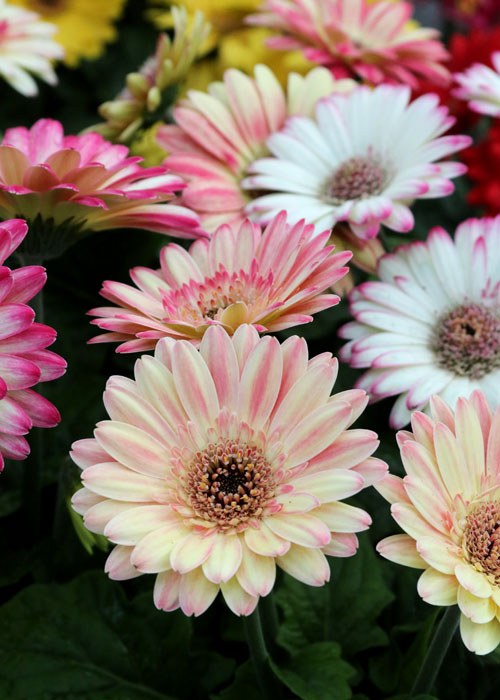
Botanical Name: Gerbera mix sp.
Common Name:
Gerbera Daisy
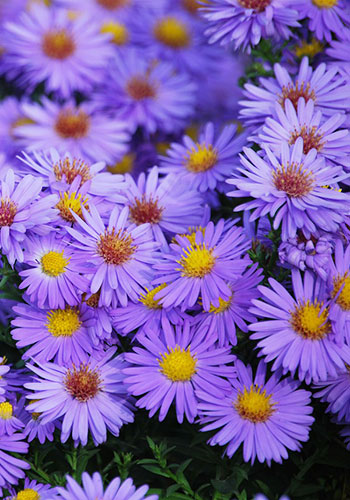
Botanical Name: Symphyotrichum
novi-belgii
Common Name:
Aster, New York Aster
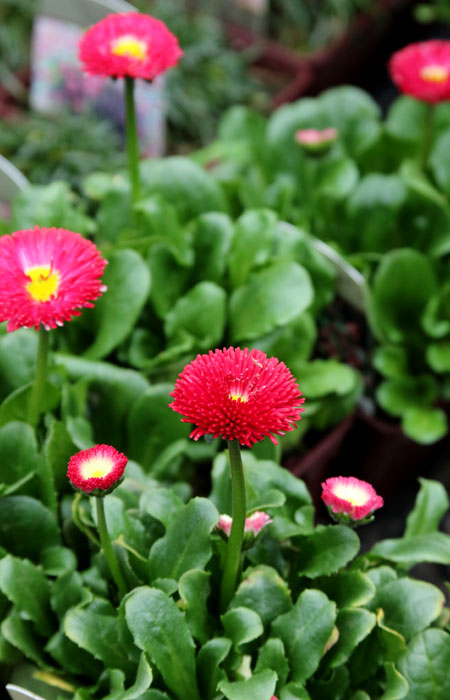
Botanical Name:
Bellis perennis
Common Name:
English Daisy
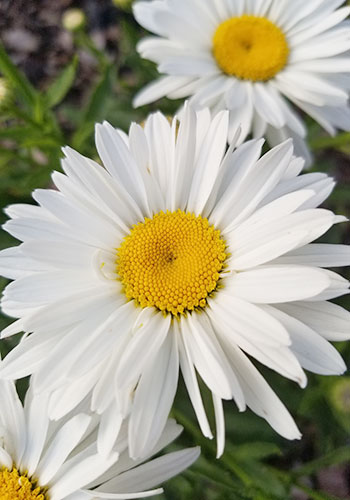
Botanical Name: Leucanthemum ×superbum
Common Name:
Shasta Daisy
Bonus Tips for Budding Botanists
Just in case you really want to impress all your botanist friends, here are just a few more tips and tricks.
- Once the genus name you’re referring to has been established in a body of text, you can abbreviate it by using just the first letter. For example, “Big-leaf maple (Acer macrophyllum) has much bigger leaves than vine maple (A. circinatum).”
- Sp. stands for “species” and means we’re talking about a single species that is unspecified or unknown. For example, “This kind of maple (Acer sp.) has not yet been described in a scientific article.”
- Spp. stands for “species plural” and means we’re talking about multiple species in the same genus. For example, “Several kinds of maples (Acer spp.) are found in North America.”
- Var. stands for “variety,” which is an even more fine-tuned way of describing plants. There can be different varieties of a single species. Varieties occur in nature. For example, “In contrast to most redbuds, Cercis canadensis var. alba has a white flower.”
- Cultivars are cultivated varieties. They only occur through humans selecting plants to breed with each other. For example, Solanum lycopersicum ‘Sungold’ is a popular tomato cultivar.
- x indicates a cross between two or more species, also known as a hybrid. Hybrids can occur in nature or with human intervention. For example, Citrus x meyeri is a citrus hybrid commonly known as Meyer Lemon.
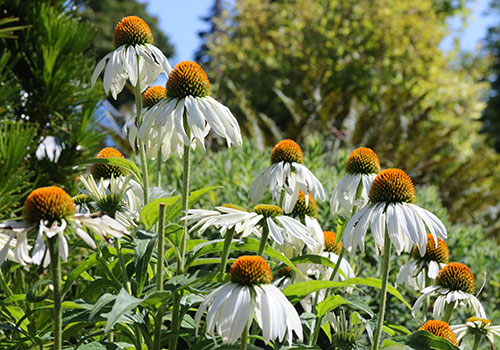
Echinacea purpurea 'Alba'
Give It a Try!
Some people are intimidated by botanical names because they seem long and hard to pronounce. But please don’t let that stop you. There aren’t any ancient Romans around to take offense at your pronunciation, and a good portion of botanical names aren’t even real Latin anyway. Just do your best and say it with confidence.
Once you get started with botanical names, you’ll find that you’ve opened up a whole new window into the world of plants.
